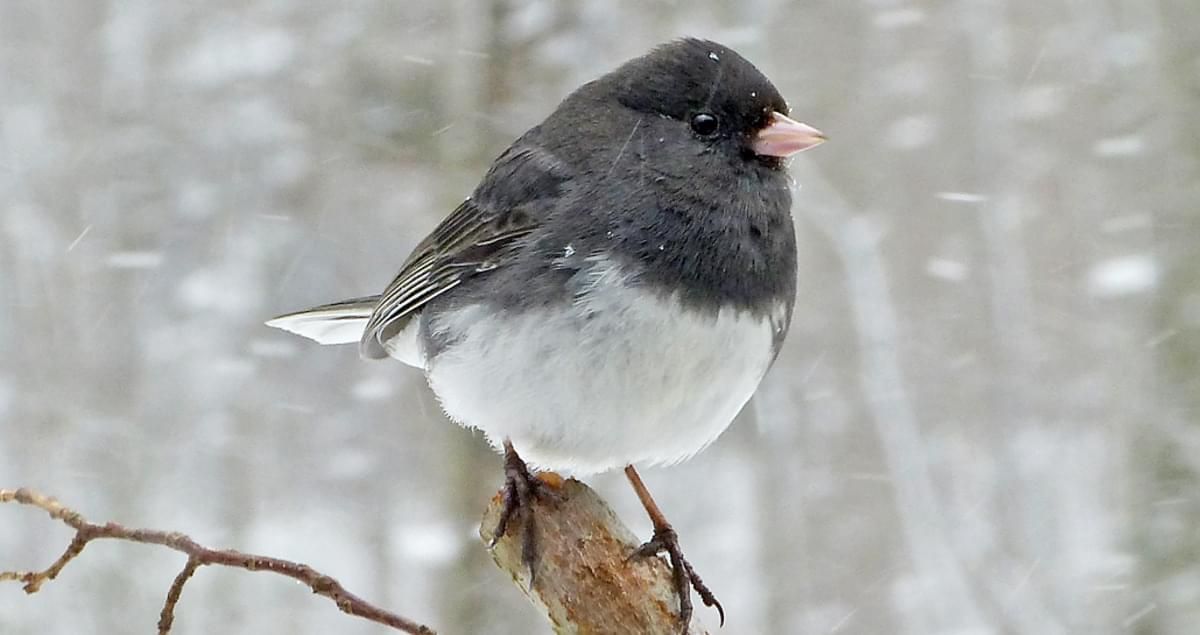Library/Research Center Update
Work keeps progressing. Mason Wayne Morris told me that once he started, it would move quickly and he was not wrong, that’s for sure. They have made the repairs to the interior cracks in the basement of the Wing now. These cracks are probably due to the movement of the building soon after it was constructed and then in a few places, simply shrinkage caused by time. In the photographs here, you can see where they have filled the cracks with concrete – along the walls and where the walls meet the ceiling.
In one image you will notice a “faux bois” (false wood) effect to the poured concrete wall. This is on many sections of the concrete walls in the basement. What caused it? Well, the forms they made in the 1930s to pour the foundation were wood and once dry, when they pulled the wood out, beautiful wood graining was left behind. Some people would pay a lot of money to have this and in it’s on our cellar walls!
Morris also inspected the book stack supports in the cellar of the Wing which we believe are load bearing. He did this to check for rust per the structural engineer but I am happy to report they are rust free.
Now, he is back outside getting ready to replace the steel lintels at the top of the windows on the main floor. These have not had the water penetration that the basement windows have had but there is rust and thus, some cracking of the stucco. Then, he will have to make repairs to a small section on the east side where there has been some map cracking – large pattern cracking which is due to water penetration and follows the shape of the terracotta tiles below. So, in this case, the cracks form rectangles.
If you have not been up to Vestal Street to take a look, please do! We are moving along nicely on the exterior and hope to complete the plans for the interior and begin moving forward with that work. And again, a thank you to the Community Preservation Committee for the grant that has allowed us to do all of this exterior preservation work.
JNLF
Recent Posts






